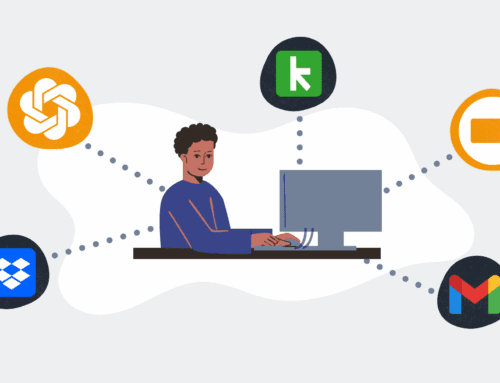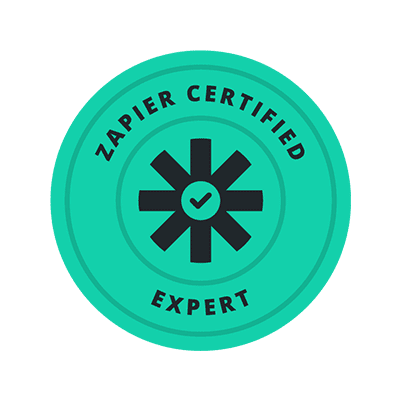Outdated HR Systems Cost Government $1 Billion Annually, New Workday Report Shows
Introduction to the HR System Dilemma
Imagine running a marathon in flip-flops. Sounds uncomfortable, right? That’s what it’s like for governments running on outdated HR systems in today’s fast-paced digital era. Recent findings from a Workday report have unveiled that governments
are bleeding a staggering $1 billion each year due to outdated human resource (HR) systems.
It’s not just about throwing money down the drain; it’s about missing out on efficiencies and advancements that modern HR systems provide. In this blog, we’ll delve deep into the intricacies of this issue and explore pathways to rejuvenate these
archaic systems. So, grab a cup of coffee, and let’s embark on a journey to understand and rectify this multi-billion dollar conundrum.
The High Cost of Sticking with the Old
When you cling to the past, you pay the price. Outdated HR systems lead to inefficiencies, increased manual work, and a litany of errors. These systems often lack automation capabilities, meaning government employees are drowning in paperwork and
data entry tasks instead of focusing on strategic initiatives.
Moreover, the maintenance of such antiquated systems is surprisingly costly. Think of it like trying to maintain an old car that needs constant repairs. The upkeep siphons valuable resources that could otherwise be invested in modernizing the
infrastructure. It’s a cycle of spending without rewards, and it’s costing taxpayers a pretty penny.
Understanding the Workday Report Findings
The Workday report shed light on an often overlooked issue—the hidden costs of outdated HR systems. This comprehensive analysis pointed out not only the financial losses but also the opportunity costs involved. When tasks that could be automated
are handled manually, productivity plummets, and morale amongst employees can take a nosedive.
A major takeaway from this report is the urgency to implement change. This isn’t merely a suggestion but more of a clarion call. The data is sound; an investment in up-to-date HR technology isn’t just a splurge but a necessity to stop the financial
hemorrhaging.
Impacts on Government Operations
When was the last time you heard about government operations being state-of-the-art? It’s rare, right? Inefficiencies in HR systems extend their tentacles into broader government operations, causing delays and bottlenecks in vital processes.
Imagine trying to conduct a census with pen and paper—chaotic at best. Similarly, outdated HR systems can bring even the most routine processes to a grinding halt. This not only affects service delivery but also public perception of government
efficiency and effectiveness.
The Human Element: Employee Experience
People are the heart of any organization. Just as you wouldn’t want to work in a factory with clunky, outdated machinery, skilled government workers don’t want to spend their days wrestling with obsolete HR technology. This leads to frustration,
decreased job satisfaction, and ultimately higher turnover rates.
Modern HR systems empower employees by offering self-service options, real-time data access, and seamless interaction capabilities. It’s akin to upgrading from an old Nokia to the latest smartphone—everything becomes more streamlined,
intuitive, and efficient.
The Path to Modernization
So, what’s the way out of this labyrinth? Governments need to allocate time and resources into transitioning to modern HR technology. This doesn’t just mean buying the latest software but also investing in training employees to use these
systems effectively.
Modernizing HR infrastructures may initially seem like a costly endeavor, yet, consider it akin to investing in solar panels. The upfront cost may be high, but the long-term savings and benefits make it a worthwhile investment. It’s about
laying the foundation for more efficient operations and happier, more productive employees.
The Role of Public-Private Partnerships
Public-private partnerships can serve as the bridge over troubled waters. By collaborating with private sector innovators, governments can gain access to cutting-edge HR technologies at reduced costs. These partnerships offer a symbiotic
solution where risks are shared, ideas are exchanged, and innovations are scaled.
Just think about the power of two brainstorming heads instead of one. By merging public reach with private innovation, governments can ensure the implementation of robust and future-proof HR systems that evolve with technological advancements.
Conclusion: A Call for Action
The revelations of the Workday report are a wake-up call. It’s time for governments to embrace change proactively. By modernizing HR systems, not only will they save a billion dollars annually, but they’ll also foster a more agile and effective
workforce ready to meet the challenges of tomorrow.
Let’s not wait for another report to once again tell us what we already know. The time to act is now. Modernizing HR systems ensures better financial stewardship, improves employee satisfaction, and enhances public perception.
FAQs
What are outdated HR systems?
Outdated HR systems refer to older technologies used to manage human resources that lack modern features such as automation, real-time data processing, and user-friendly interfaces.
Why is modernizing HR systems important?
Modernizing HR systems is crucial as it enhances efficiency, reduces operational costs, improves employee experience, and positions organizations to adapt swiftly to technological advancements.
How do outdated HR systems affect government spending?
Outdated HR systems lead to increased manual work, high maintenance costs, and inefficiencies that collectively contribute to significant unnecessary government spending, estimated at $1 billion annually.
What role do public-private partnerships play in HR system modernization?
Public-private partnerships allow governments to access advanced HR technologies and expertise, facilitating cost-effective and innovative solutions for modernizing HR systems.
How can outdated HR systems impact employee morale?
Outdated HR systems can lead to frustration due to inefficiencies, lack of autonomy, and cumbersome processes, thereby decreasing job satisfaction and increasing employee turnover.
If you are interested in finding out how you can streamline your operations and recapture 25% of your day, schedule a free consultation call here.








